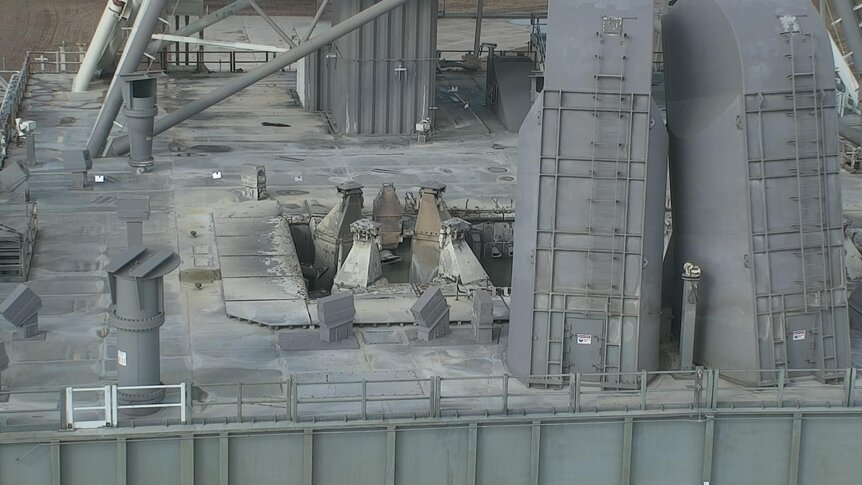Create a free profile to get unlimited access to exclusive videos, sweepstakes, and more!
Behold Artemis 1's liftoff in stunning slow motion, and the melted launch pad it left behind
3... 2... 1...

In the 1975 sci-fi TV program Space: 1999 (now streaming on Peacock!), a group of Moon colonists are sent on an adventure through deep space after an accidental explosion of nuclear waste sends the Moon careening off into the cosmos. It’s a special kind of terror, along the way they encounter black holes, warps in spacetime, and alien civilizations, but it’s a terror we wouldn’t even have the privilege of experiencing because we’ve yet to build any lasting human presence on the Moon. If NASA gets its way, that’s all about to change.
Recently, the Space Launch System successfully lifted off, carrying the Orion spacecraft on the Artemis I mission around the Moon. Liftoff didn’t take long. If you took out the trash you might have missed it, and by the time you came back with a snack the craft would have been in orbit. It’s difficult to truly appreciate, in the moment, with the rush of wind and heat and the roaring sound of engines pushing 5.75 million pounds of thrust against the Earth, the sheer engineering involved in carrying out a successful launch. Luckily, NASA has your back. They’ve released a slow motion video capturing the historic launch in stunning detail.
RELATED: A new era in space flight: NASA launches Artemis 1, our first step in returning to the moon
The video runs 1 minute and 16 seconds in length, and at first you’d be forgiven for thinking it’s a still image. For the first 20 seconds or so, the SLS sits dimly on the pad, a faint silhouette shrouded by the almost pure darkness of the Florida night. Then a small cloud burst and a flicker of light arrive near the base of the craft.
It doesn’t look like much but it’s enough to break the bond between the SLS and Earth’s gravity. That’s because of the four RS-25 engines which provide about a quarter of the rocket’s thrust. They burn hydrogen and oxygen which produce water vapor not easily visible to us.
Then the solid rocket boosters kick into gear, burning aluminum powder, salt, and polybutadiene acrylonitrile, which produces aluminum oxide, aluminum chloride, water vapor, and nitrogen gas, not to mention the sort of visual spectacle you expect from a rocket launch. By 30 seconds into the video they are up and running, and the launch pad is awash in a controlled yet fiery explosion as the SLS slowly rises out of frame on its way toward the Moon.
Along the way, the rocket did some damage to a mobile launcher on the ground. According to Florida Today, a 400-foot tower responsible for routing communications, propellants, and hardware was scorched, twisted, and bent from the force of the launch. According to the Artemis mission manager Mike Sarafin, in a statement to reporters, “The elevator system is not functioning right now. We had the world’s most powerful rocket and its pressure basically blew the doors off our elevators. This is why it took a little longer to inspect the mobile launcher, which is a very tall structure.”
According to NASA, that was all to be expected. After a post-launch inspection, engineers at NASA have determined that the mobile lander at 39B performed as designed and will be ready for the next Artemis launch, which will carry a crew around the Moon and bring them back home in a final dress rehearsal for the big show, the return of humans to the lunar surface.



























